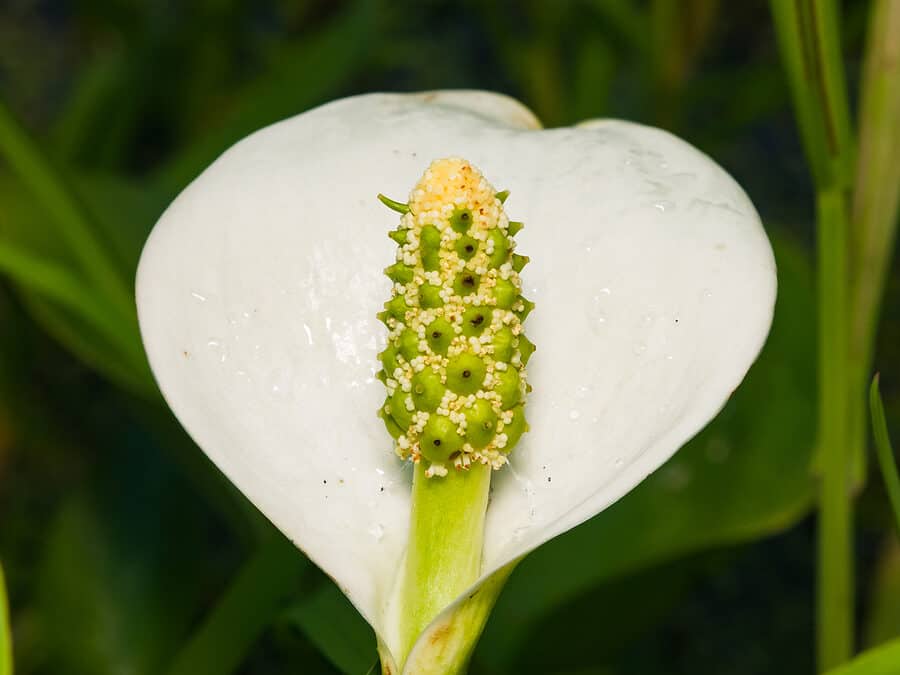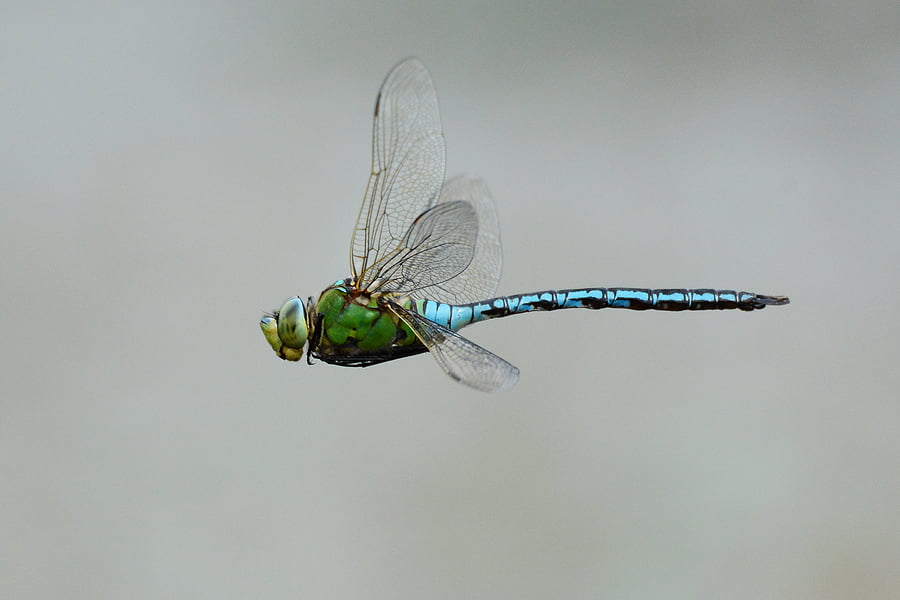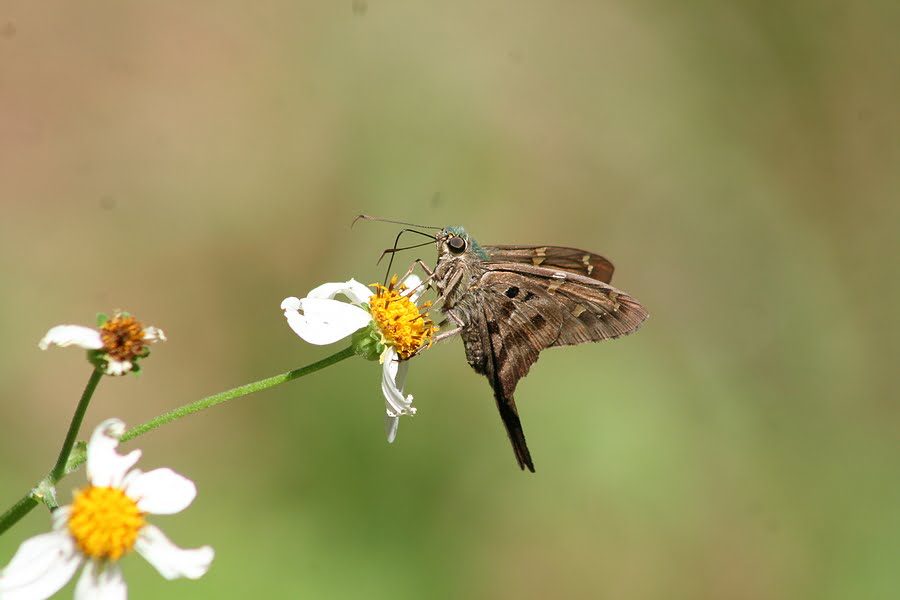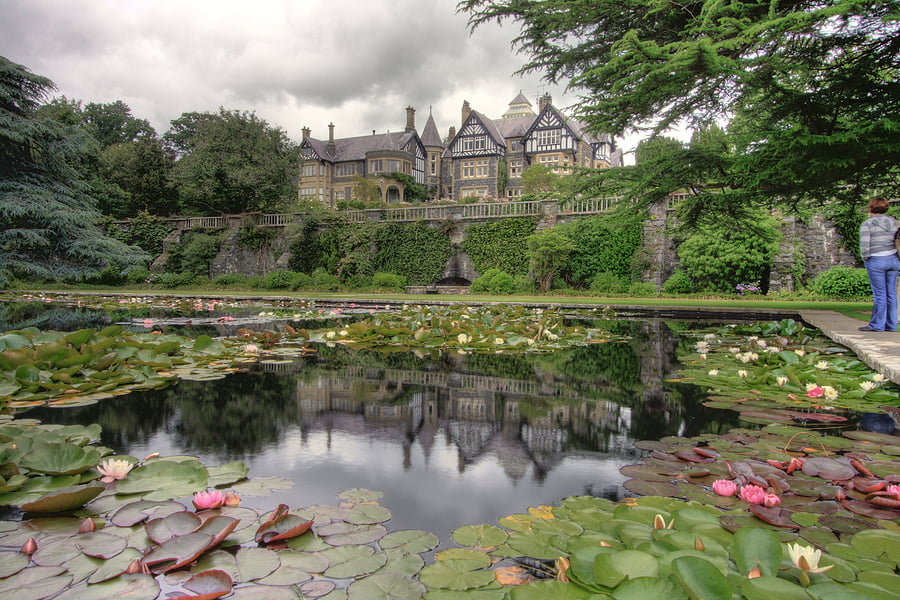
Which Is Best: Preformed Ponds Or Lined Ponds?
14th May 2022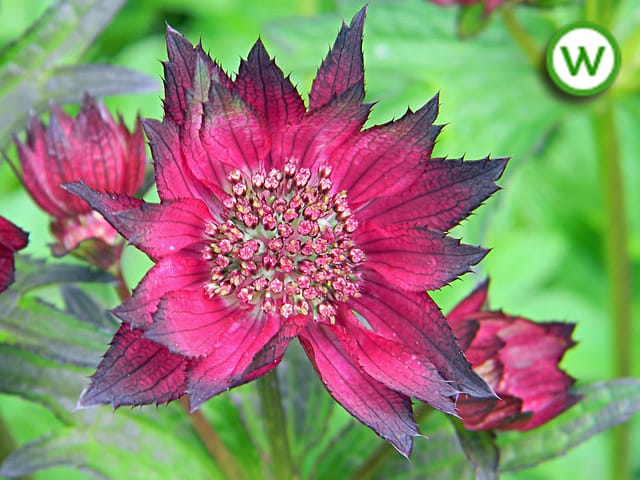
How Do You Create A Bog Garden?
14th June 2022Size is no barrier to growing an enriching and attractive range of plants in your garden pond. Even if your pond is small, there are plenty of aquatic plants which will provide shelter for wildlife, and help to improve the quality of the water. Here is a guide to a selection of the most suitable plants for a small pond.
Surface plants for smaller ponds
Dwarf water lilies (Nymphaea pygmaea)
Dwarf water lilies are simply smaller versions of standard water lilies, and are available in the usual range of colours, such as white, red, pink, and pale yellow. These attractive delicate flowers will thrive in water up to 25 centrimetres deep and like all lilies will do best if they get at least 6 hours sun a day and are positioned in still water away from water features and fountains.
Dwarf lilies are ideal for barrel and container ponds, or smaller ponds up to about 1sqm surface area: if the pond is much larger than this they will start to look a bit insignificant unless you want to plant small groups of them. See “Our Water lilies by size” page on the website to easily see which lilies fall into which size category -there is a link to this at the start of the third paragraph on the Water lily category page.
Aim to have about 50% of the pond surface covered, to achieve the right balance between light and shade. Lilies are excellent at controlling the spread of invasive algae, which you need to guard against in a small pond, because it will soon take over the entire surface area.
Frogbit (Hydrocharis morsus-ranae)
This floating native perennial has very small glossy rounded leaves like small lily pads up to an inch across, and produces small white flowers with a yellow spot in summer. It prefers partial shade and when happy, although very small initially, will multiply quite rapidly during the early summer months.
Although quite vigorous it is very easy to control as whilst it has roots these are not extensive and feed from the surrounding water so they essentially free-float. Unlike many other floating plants they are hardy, dying back in late summer to a pip-like seed that sinks to the bottom of the pond during the winter months, to re-emerge around May the following year. It’s quite easy to look after, but doesn’t like tap water, so take care when topping up your pond.
Marginal plants for smaller ponds
Creeping Jenny (Lysimachia nummularia)
Creeping Jenny is a small low-growing spreading native marginal pond plant, which means that it will grow in containers placed on the ledges around the perimeter of the pond and is excellent for hiding exposed pond liners. This plant is moderately vigorous but is easy to maintain by trimming back as necessary. The pretty bright green leaves will float on the water and it produces masses of cup-shaped bright yellow flowers in the summer.
There is a variant called Golden creeping jenny that is very similar, slightly less vigorous, and as the name suggests has golden coloured leaves. This variant is slightly happier in part-shade as it can scorch in prolonged very hot sun, but the two together also work very well with the contrasting foliage.
Corkscrew Rush (Juncus spiralis)
This is a good non-native plant to add some contrasting textures to small ponds, because it has small curling stems which grow upwards in thick bunches. It will grow in the shallow areas and margins of the pond, and has the advantage of being evergreen, so it will look attractive all year round.
Lesser water plantain (Baldelia ranunculoides)
Is a very pretty small native marginal plant in the same family as the much larger Water plantain (Alisma plantago aquaticum). It grows to no more than about 20cm tall and produces umbels of pretty very pale pink flowers from May right through the summer and is one of our favourite plants for very small ponds.
Water forget-me-not (Myosotis scorpioidies)
This pretty pond plant comes in two varieties, a blue native and white non-native. The white is slightly more delicate and less vigorous. Both are excellent wildlife plants with a very long flowering season from late May to September. Like the Creeping jennies it is a low growing rafting plant which is moderately vigorous but easily controlled. It is particularly favoured by newts which use its soft leaves folded over to protect their eggs.
Marsh marigold (Caltha palustris)
Another favourite plant of ours which comes in bright yellow (native) or white (non-native) versions, the yellow being the larger of the two growing up to about 50cm tall and the white much more delicate and about half the size. We like these as they are one of the earliest flowering marginals starting in March through April, so great for early pollinators, and then again in mid to late summer.
Submerged oxygenating plants for smaller ponds
Hornwort (Ceratophylum demersum)
This British native is one of the best and most reliable of the pond oxygenators. Itis a submerged pond plant, meaning it grows underwater. Hornwort grows long stems which dense whorls of short slender green leaves and can be weighted down but is bestleft to float free. It blackens and sinks to the bottom of the pond in very cold winters and rises turning green again in spring. Ideal for container ponds as it likes warm sunny conditions, it is not invasive and is very easy to control as it has no root system.
The feathery vivid green leaves are perfect for oxygenating the pond, and also secrete bryophytes which dampen down algae growth.
Willow Moss (Fontinalis antipyretica)
This is another excellent choice of submerged oxygenating pond plant, which can provide a habitat for wildlife, and will oxygenate the water. It also absorbs harmful nutrients, and requires very little care. It will grow in stones and rocks on the bed of the pond, and does not reproduce at prodigious rate, so it is ideal for a smaller pond. It is a really good companion oxygenator to Hornwort as it prefers the cooler months so is at its best in late autumn to early spring. Like Hornwort it is not invasive and easy control as it too has no root system as such.


